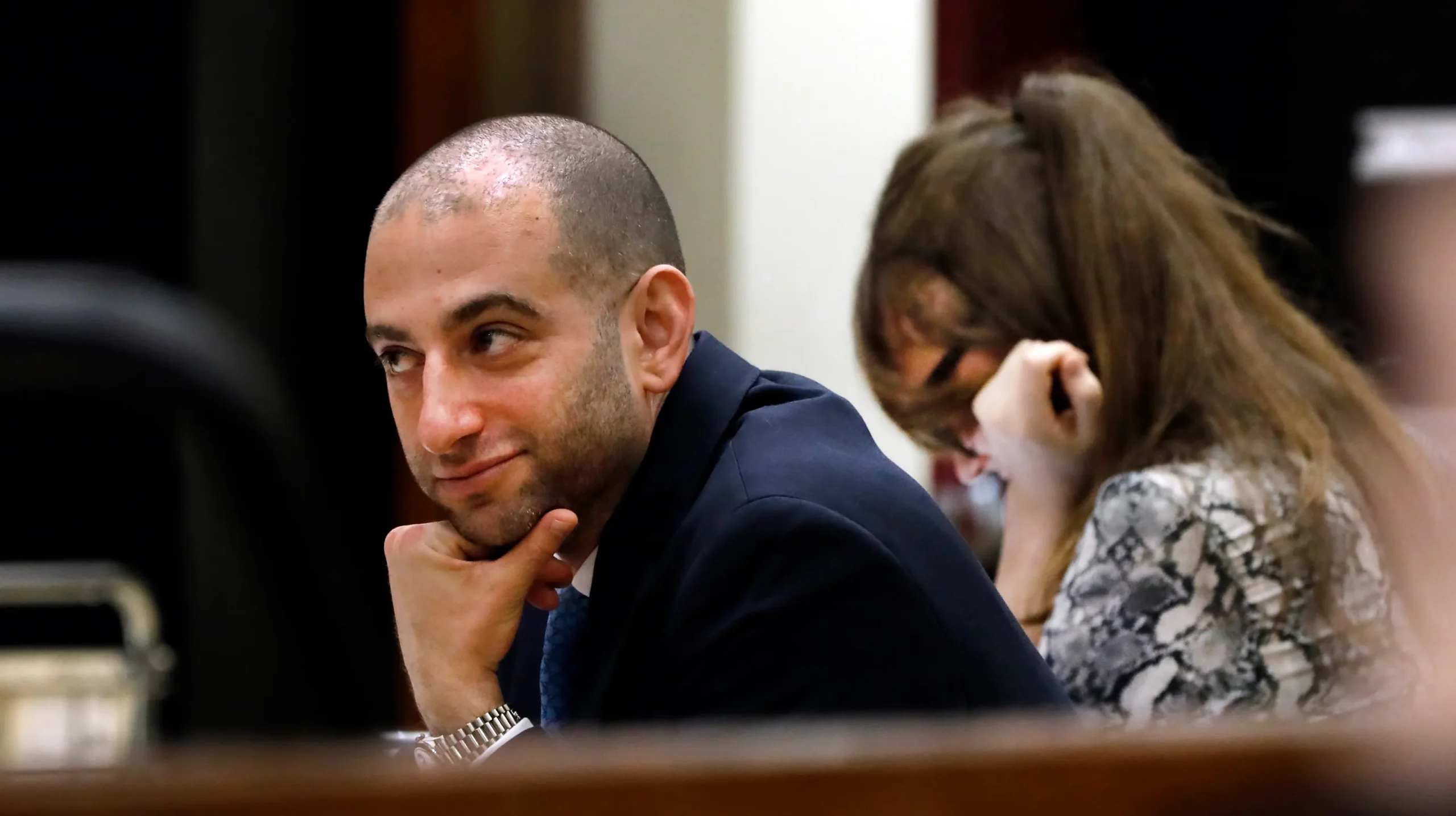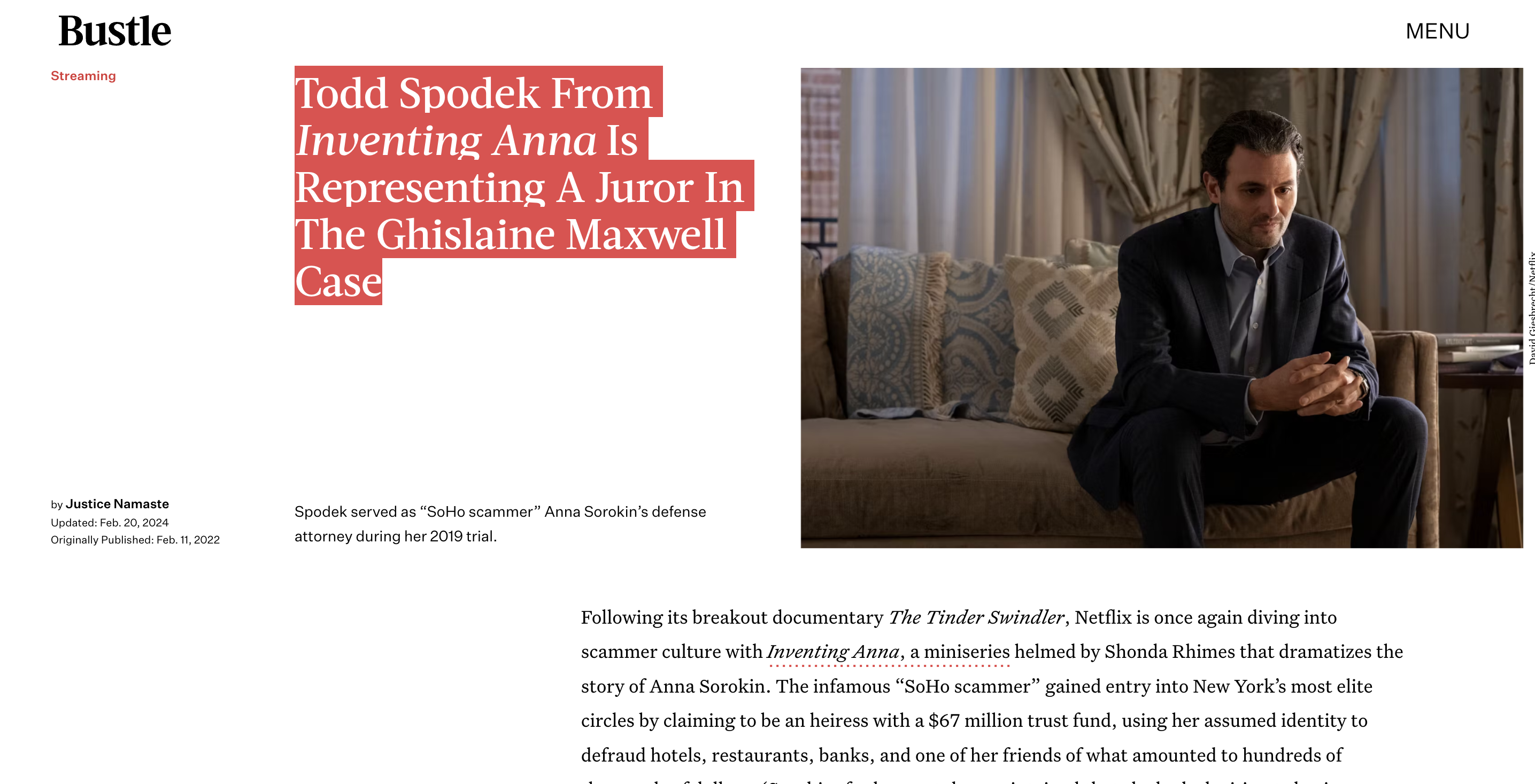18 U.S.C. § 2252A – Certain activities relating to material constituting or containing child pornography
Contents
That Law About Child Pornography – Let’s Break It Down
Hey there! I want to talk about this law called 18 U.S.C. § 2252A. It’s a long and complicated law about child pornography. I know, not the happiest topic. But it’s important to understand what’s legal and illegal. This law can impact people’s lives, so we should understand it.
First off, what does 18 U.S.C. § 2252A actually say? Well, the law makes it illegal to do certain things related to child pornography[1]. That includes:
- Mailing, transporting, shipping, or receiving child pornography
- Possessing or accessing child pornography with intent to view it
- Knowingly selling, distributing, receiving, or reproducing child pornography

Seems pretty straightforward, right? But let’s break it down a bit.
What Counts as Child Pornography?
For something to be considered child pornography under this law, it has to be a visual depiction of sexually explicit conduct involving a minor[2]. A minor is someone under 18 years old[2].
The law also says child pornography can be an obscene cartoon, drawing, or sculpture that depicts a minor engaging in sexually explicit conduct[1]. So it doesn’t have to be a real person – just a visual depiction.
What Are the Punishments?
If you violate this law, you could face some pretty serious punishments[2]:
- Fines
- Years in federal prison
- Supervised release after prison
For example, just possessing child pornography could mean up to 10 years in prison[2]. And distributing it could mean up to 20 years[2]. The more child pornography involved, the harsher the punishment.
What Are Some Defenses People Use?
There are a few defenses people use when accused of violating this law[5]:
- Lack of knowledge – Claiming you didn’t know the images were child pornography.
- Entrapment – Arguing you were tricked or pressured into obtaining the illegal images.
- First Amendment – Saying the images are protected free speech (though courts have rejected this defense for child pornography[2]).
But these defenses don’t always work. The best bet is to avoid child pornography altogether.
What About Sexting Minors?
One complicated issue is sexting among minors. If a 17-year-old takes a nude selfie and sends it to their boyfriend or girlfriend, are they producing and distributing child pornography?
The legal answer is…yes, technically. But in reality, prosecutors rarely go after teens for sexting. The law is aimed more at adults exploiting children[3]. Still, sexting can be risky business for minors.
Why Do We Have This Law?
Child pornography is illegal because it involves exploiting and abusing kids. It can also encourage pedophilia and the sexual abuse of children[4]. Basically, it causes real harm to real children.
So while this law may seem harsh, the goal is to protect children. Still, it’s complex stuff, and the details matter. If you ever have questions or face charges, talk to an attorney.
Well, that covers the basics on 18 U.S.C. § 2252A! Let me know if you have any other questions.
References:
[2] Citizen’s Guide to U.S. Federal Law on Child Pornography
[3] 18 U.S.C. 2252A – Activities Related to Child Pornography
[4] 18 U.S.C. 2252A









